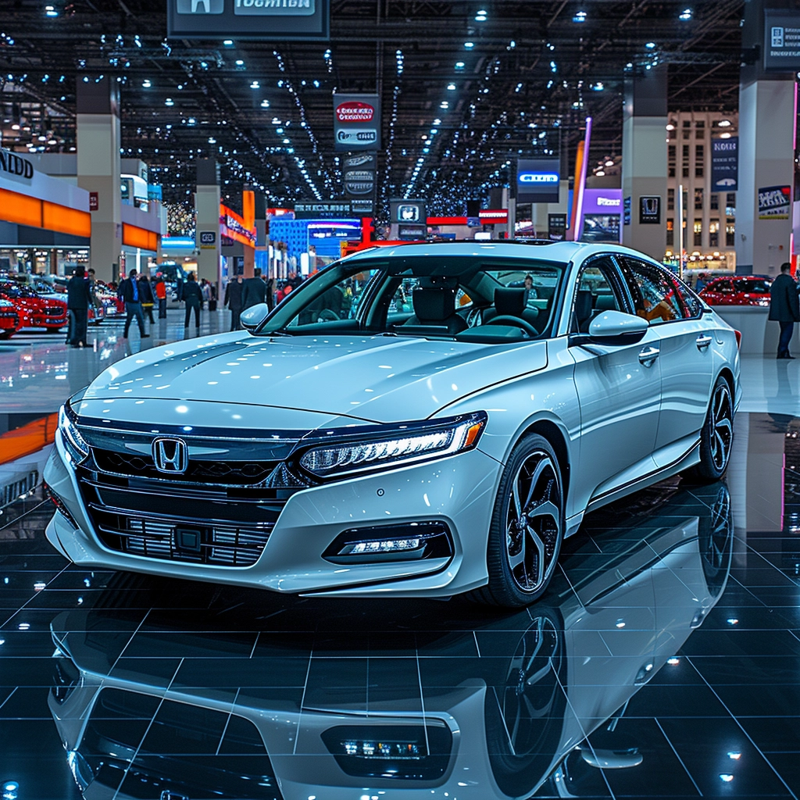Honda Motor Co., Ltd. discusses uncertain market outlook and positive operating profit
2023-08-01
Honda Motor Co., Ltd. (HMC) held its earnings call meeting to discuss the company's financial performance and market outlook. During the meeting, several key points were highlighted.
The market outlook for Honda Motor Co., Ltd. (HMC) was described as uncertain. The company's outlook for inflation was dependent on factors such as raw material costs and currency situations. While some raw materials experienced a slight downturn, others faced supply shortages. If the currency situation remains stable, the company expects gradual price rises for most raw materials. However, the overall market outlook will be determined by factors such as future production balance, demand and supply, and electrification progress.

In terms of financial performance, the company reported positive operating profit for the first six months. However, the net profit was negative due to nonoperating factors such as profit investments accounted for using the equity method and volatile interest rates and exchange rates. The company's finance division, Honda Finance, actively procured funding and hedging derivatives, impacting the assessment of the hedge and contributing to the negative net profit. Additionally, declining share prices in China also affected the company's market outlook.
The key drivers of Honda's business were identified as pricing strategies, inflation and supplier situations, cost increase factors, competition from other companies, raw material price hikes, new models and specifications, growth in different regions, economic conditions, and the electrification of motorcycles. These factors played a significant role in the company's sales and profitability.
The competitive landscape for Honda Motor Co., Ltd. (HMC) was described as evolving in several ways. The company faced pressure in terms of costs, particularly due to inflation, supplier situations, and price negotiations. This indicated that competition among suppliers and the ability to negotiate favorable prices were important factors in the competitive landscape.
Pricing was also a significant aspect of the competitive landscape for Honda. The company considered the prices of their competitors' products, especially in the domestic market. It was challenging for Honda to directly reflect raw material price hikes in product prices, suggesting that pricing decisions were influenced by factors beyond just raw material costs.
In the motorcycle sales segment, Honda acknowledged slower growth in Indonesia compared to other regions due to the impact of the recession and economic slowdown. This indicated that competition in the motorcycle market was affected by macroeconomic factors. The company also recognized pressure from competitors in terms of electrified motorcycles, particularly in India. This suggested that competition in the motorcycle market was evolving with the introduction of new technologies.
Looking ahead, Honda Motor Co., Ltd. (HMC) had a mixed outlook for the quarter/year. While sales revenue reached a record high, it was mainly due to currency fluctuations rather than increased unit sales, which the company did not consider a proud achievement. The motorcycle profit margin for the quarter was very high, but there were challenges such as rising raw material prices, logistics, and inflation impacting costs. The company was actively consulting with suppliers to address these issues on a case-by-case basis. Additionally, there were ongoing semiconductor shortages, particularly in the automotive industry. However, the company had a program with General Motors for electrification and battery capacity after 2025, and there were no reports of delays or disruptions in this regard.
Overall, Honda Motor Co., Ltd. (HMC) discussed its financial performance and market outlook during the earnings call meeting. The company highlighted the uncertain market outlook, positive operating profit, and negative net profit. The competitive landscape was described as evolving with factors such as cost pressures, pricing competition, and the introduction of new technologies in the motorcycle market.

